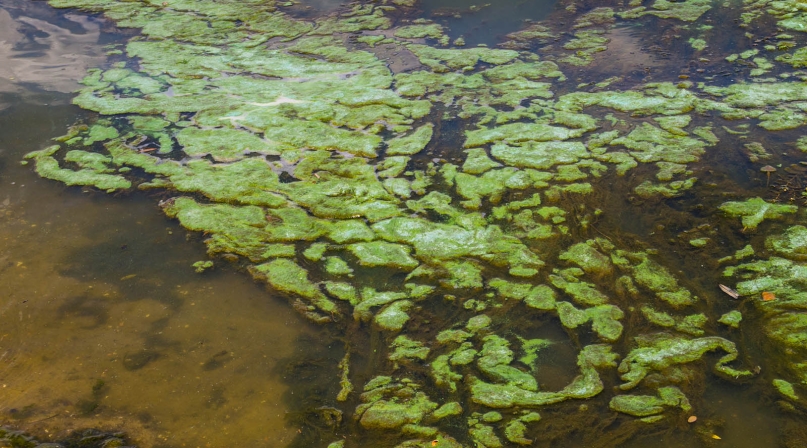Request for information on water quality nutrient pollution issues
Upcoming Events
Related News

NACo has been asked to participate in a small roundtable discussion with the U.S. Environmental Protection Agency (EPA), the Department of the Interior, Department of Energy and the National Oceanic and Atmospheric Administration on identifying opportunities to reduce nutrient pollution in the Mississippi River Basin and the Great Lakes Region on Sept.17. We need your help to provide the most up-to date information about counties’ roles and responsibilities and impacts.
Do more
While we are accepting information on a rolling basis, for the purpose of the EPA roundtable discussion, we would like to receive answers to these questions by Friday, Sept. 14 COB. We hope to get replies from across the country, not just from counties in Mississippi River Basin and the Great Lakes Region.
We would like feedback on the following questions:
- Does your county have water nutrient pollution issues? If so, what are they and what is the known cause?
- Is your county taking steps to address nutrient pollution issues at the local level? If so, what are these steps and how are they working? For example, has your county set up local ordinances for fertilizer use, setbacks or other best practices? How is your county paying for and enforcing the new regulations? How is your county working with federal, state and other local governments and/or private parties to address water nutrient issues?
- What are the major impediments preventing your county from reducing nutrient pollution at the state, regional and local level?
- If the federal government were to become more involved in nutrient pollution, what would effective coordination of federal efforts look like for you?
- Does your county or state use market-based water quality approaches to reduce pollutant loads? If so, what are the challenges and opportunities in this approach? How can we better use market-based approaches to make progress nationally?
- Additional thoughts/other comments
According to the EPA, nutrient pollution is one of “American’s most widespread costly and challenging environmental problems, and is caused by excess nitrogen and phosphorus in the air and water.” While nitrogen and phosphorus are naturally part of ecosystems, when too much enters water systems (from agriculture, storm water, wastewater, household use of cleaners and fertilizers, pet waste, etc.), it can degrade water quality. For example, too much nitrogen and phosphorus can cause extreme algae growth, which may lead to Harmful Algae Blooms (HABs). Both nutrient pollution overloads and HABs can cause health problems for humans and animals.
Send replies to: Julie Ufner, NACo, associate legislative director, jufner@naco.org.
Attachments
Related News
‘Fix-It Fair’ brings new life to damaged items, helps divert waste
Thurston County, Wash. partnered with a non-profit, whose members volunteer to fix things that were difficult to recycle.

U.S. House of Representatives passes SPEED Act and other permitting reform bills
On December 18, the U.S. House of Representatives passed the SPEED Act (H.R. 4776). The SPEED Act would strengthen county involvement in decision-making and make needed commonsense reforms to the federal environmental review process.

House Natural Resources Committee advances the Endangered Species Act Amendments Act of 2025
On December 17, the House Natural Resources Committee advanced the Endangered Species Act (ESA) Amendments Act of 2025 (H.R. 1897). The version passed by the committee adopted several changes from the initial bill and would address key county concerns by improving the implementation of the ESA. The legislation now awaits a floor vote before the whole U.S. House of Representatives.